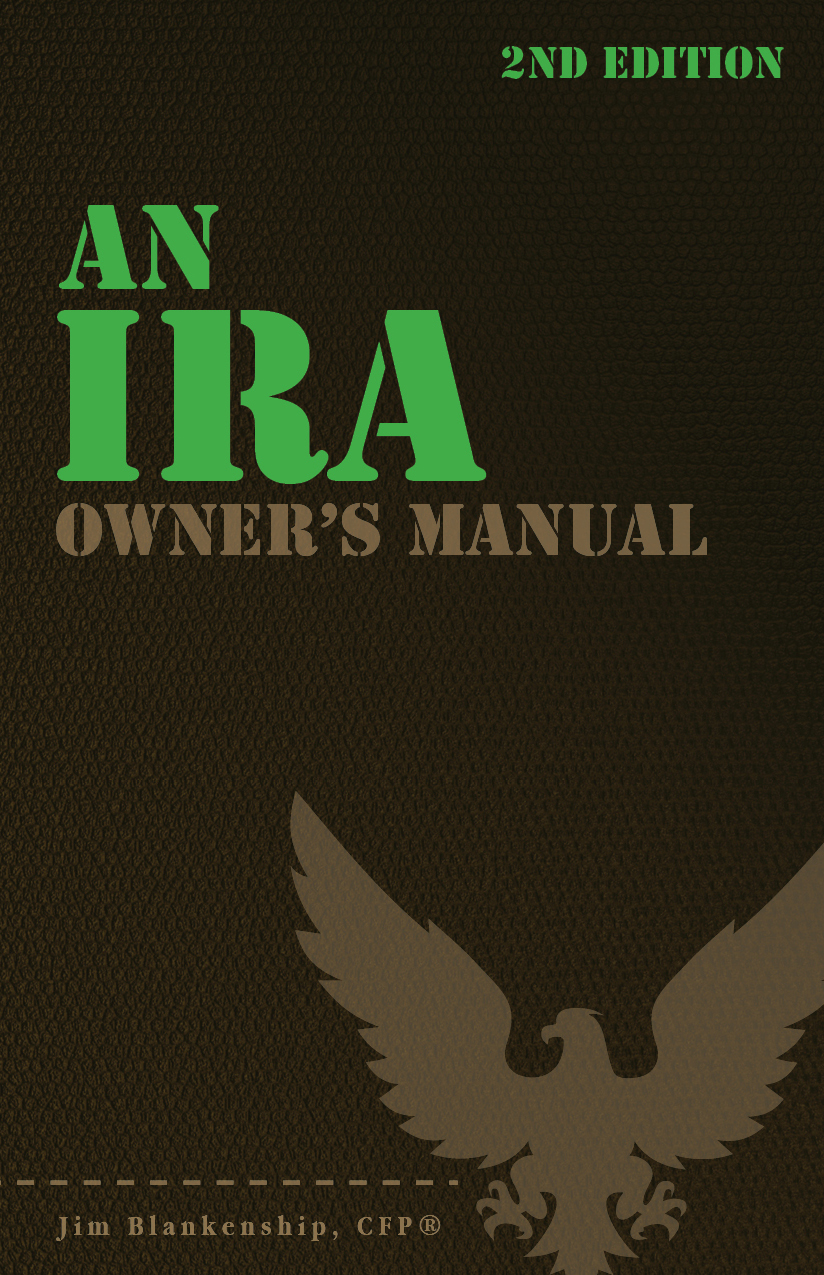Converting directly from a 401k to a Roth IRA used to be a two-step process. But since 2008, this type of conversion has been very straightforward.
IRA
A SIMPLE Kind of Plan
The SIMPLE Plan is a type of retirement account for small businesses that is simpler (ah hah!) to administer and more portable than the 401(k) plans that are more appropriate for larger businesses. SIMPLE is an acronym (probably a backronym, more likely) which stands for Savings Incentive Match PLan for Employees. A SIMPLE typically is based on an IRA-type account, but could be based on a 401(k) plan. What we’ll cover here is the IRA-type of SIMPLE plan. The difference (with the 401(k)-type) is that there are more restrictions on employer activities, and less room for error (as can be the case with 401(k) plans). A SIMPLE Kind of Plan Much like a regular 401(k) plan, a SIMPLE Plan is an agreement between the employer and employee where the employee agrees to a salary deferral. This deferral effectively reduces the employee’s taxable take home pay, and the employer then contributes […]
Your 401k and IRA in 2018
Recently, the IRS just announced the contribution limits for 401k plans (including 403b and 457 plans) as well as IRAs. Additionally, the IRS also announced changes to the income phase-outs for traditional IRA deductibility and Roth IRA eligibility. Let’s start with the 401k plans. For 2018, the IRS increased the contribution limits to $18,500, up $500 from $18,000 last year. The catch-up contribution for those age 50 or over remains unchanged at $6,000. $500 may not seem like much, but think of it this way – you get to give yourself a $500 raise! For those interested in maxing out their 401k plans in 2018, here’s the breakdown depending on whether you’re paid monthly, 24 weeks per year or 26 weeks per year. If you’re paid monthly, the contribution is $1,541.66. This brings you just eight cents under the $18,500 max annually. If you’re paid 24 weeks per year, then […]
5 No-No’s for IRA Investing
It is generally well-known that in an IRA account you have a wide range of investment choices. These choices are typically only limited by the custodian’s available investment options. However, there are specific prohibited transactions that cannot be accomplished with IRA funds. Often these prohibited transactions can cause your IRA to be disqualified, which can result in significant tax and penalty, along with loss of the tax-favored status of the funds. What’s Not Allowed for IRA Accounts? Self-Dealing. You are not allowed, within your IRA, to make investments in property which benefits you or another disqualified person. A disqualified person includes your fiduciary advisor and any member of your family, whether an ancestor, spouse, lineal descendant (child) or spouse of a lineal descendant. It is important to note that this limit applies to both present and future use of a property. So if you purchased a condo and rented it […]
IRA or 529?
After my post last week (Higher Education Expenses Paid From an IRA) I received a question from a reader: “If it’s possible to pay QHEE from an IRA then why would it be beneficial to contribute to a 529 specifically?” In today’s post I’ll cover the reasons you might choose an IRA or 529 plan. These two types of account will help you prepare for the twin future requirements of retirement and college expenses. As covered in the prior post, an IRA plan can be used in part to pay for college expenses. This is allowed in the Internal Revenue code, §72(t)(2)(E). So why would you choose to place funds in an IRA or 529 plan? Specifically, why would the 529 plan ever be superior to an IRA for this saving activity? Segregation One reason a 529 plan might make sense is to specifically segregate your education saving activities from […]


 Sterling Raskie, MSFS, CFP®, ChFC®
Sterling Raskie, MSFS, CFP®, ChFC® The latest in our Owner’s Manual series, A 401(k) Owner’s Manual, was published in January 2020 and is available on
The latest in our Owner’s Manual series, A 401(k) Owner’s Manual, was published in January 2020 and is available on  A Medicare Owner’s Manual, is updated with 2020 facts and figures. This manual is available on
A Medicare Owner’s Manual, is updated with 2020 facts and figures. This manual is available on  Social Security for the Suddenly Single can be found on Amazon at
Social Security for the Suddenly Single can be found on Amazon at  Sterling’s first book, Lose Weight Save Money, can be
Sterling’s first book, Lose Weight Save Money, can be  An IRA Owner’s Manual, 2nd Edition is available for purchase on Amazon. Click the link to choose the
An IRA Owner’s Manual, 2nd Edition is available for purchase on Amazon. Click the link to choose the  Jim’s book – A Social Security Owner’s Manual, is now available on Amazon. Click this link for the
Jim’s book – A Social Security Owner’s Manual, is now available on Amazon. Click this link for the  And if you’ve come here to learn about queuing waterfowl, I apologize for the confusion. You may want to discuss your question with Lester, my loyal watchduck and self-proclaimed “advisor’s advisor”.
And if you’ve come here to learn about queuing waterfowl, I apologize for the confusion. You may want to discuss your question with Lester, my loyal watchduck and self-proclaimed “advisor’s advisor”.